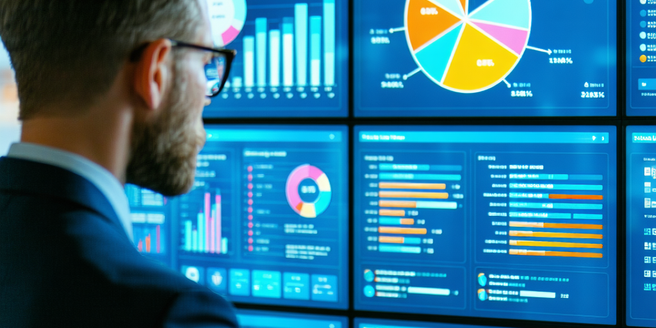Key Performance Indicators For Giveaway Success

Understanding the Importance of KPIs in Giveaways
Key Performance Indicators (KPIs) serve as critical tools for measuring the success of giveaway campaigns. They offer quantifiable metrics that provide clear insights into various aspects of the campaign’s performance. Understanding KPIs allows marketers to evaluate whether their giveaway is achieving its objectives, such as increasing brand awareness or boosting engagement. KPIs help identify the most effective strategies to reach target audiences, enhancing overall campaign efficiency. By tracking these indicators, businesses can allocate resources wisely, optimizing return on investment. Without KPIs, giveaways become speculative ventures rather than strategic marketing efforts. Thus, grasping the significance of KPIs transforms a giveaway from a mere promotional activity into a data-driven initiative that contributes meaningfully to broader marketing goals.
Identifying the Right KPIs for Your Giveaway
Choosing appropriate KPIs can significantly influence your giveaway’s success. The first step in this process is to define clear objectives, as KPIs should align with your ultimate goals. For instance, if the aim is to increase brand awareness, metrics like social media impressions and follower growth are critical. Conversely, if driving sales is the priority, conversion rates and the average order value might take precedence. Additionally, audience engagement indicators, like shares and comments, may highlight how well your campaign resonates with participants. Tailoring KPIs to fit specific campaign goals not only facilitates accurate measurement but also nurtures actionable insights. Precision in identifying KPIs ensures that every aspect of the giveaway is effectively contributing to desired outcomes, allowing for well-informed strategic adjustments.
Methods to Track and Measure Giveaway KPIs
Tracking KPIs for giveaway success involves utilizing analytical tools and best practices to ensure accurate data collection. Social media platforms often provide built-in analytics, allowing marketers to monitor engagement metrics such as likes, shares, and comments. For more comprehensive analysis, third-party tools can offer detailed insights into audience behavior and trends. Additionally, implementing tracking codes or unique URLs can help assess the performance of various channels and tactics. Consistency in data collection and regular monitoring are paramount in understanding the effectiveness of ongoing campaigns. Furthermore, categorizing data based on key segments allows for a more granular view, fostering targeted improvements. Collectively, these methods enable marketers to maintain control over their giveaway campaigns and measure performance with precision.
Analyzing KPI Data for Better Giveaway Outcomes
To maximize the impact of giveaway campaigns, analyzing KPI data is crucial. This process involves interpreting the gathered data to uncover patterns and insights that may not be immediately apparent. Through analysis, businesses can identify which strategies yielded the best results and which require re-evaluation. For instance, higher engagement rates on one platform compared to another may indicate a more responsive audience. Data analysis can also reveal demographic details, informing future targeting enhancements. Moreover, understanding correlations between different KPIs helps refine strategies, ensuring consistency with overall marketing goals. By leveraging KPI data analysis, businesses can make informed decisions to achieve better outcomes in subsequent giveaways, effectively turning raw numbers into actionable marketing intelligence.
Adjusting Strategies Based on KPI Insights
Leveraging insights from KPI analysis enables businesses to make strategic adjustments that enhance giveaway performance. When data reveals underperforming areas, marketers can pivot tactics, such as reallocating budget to more successful channels or altering messaging strategies. By closely monitoring these metrics, teams can identify trends and opportunities that may have otherwise gone unnoticed. Keeping a flexible approach allows swift response to KPI feedback, thus maintaining campaign relevance. Continuous optimization based on real-time KPI insights helps in refining target audiences and improving participant experiences. Regularly updating campaigns according to KPI-derived insights ensures strategies stay aligned with both brand objectives and consumer expectations. This adaptability, fueled by data-driven decision-making, ensures that giveaway campaigns not only meet but exceed established targets, fostering sustained growth and engagement.